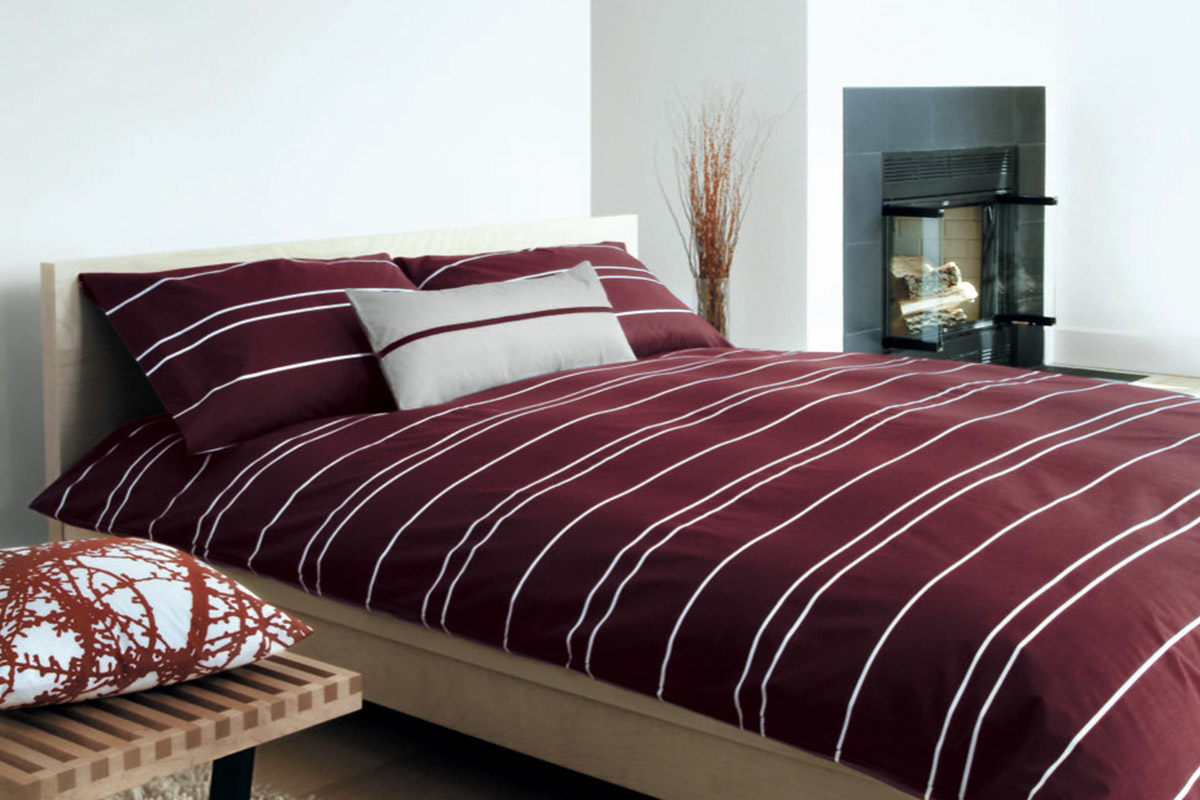In celebration of our 15th Anniversary, we take a look back at the history of our original textile collection and the formation of our design values. Unison’s Co-Founder and CEO, Robert Segal shares the personal story and pursuit of textiles which established our brand in 2006.
Our love and pursuit of textiles started from an early age for both Alicia and I. Alicia’s stems from her mother’s side coming from a long line of tailors from France, influencing her appreciation for fine material and fashion design. While mine was the exposure of Marimekko fabric with Crate & Barrel being a part of our family. Seeing how art and graphics applied to fabric and brilliant use of colors could transcend an interior environment and clothing was very inspiring for both of us. With interiors, understanding how bedding, upholstery and tablecloths could enhance and bring warmth into the living environment was especially influential in the growth of Unison.
Fast forward to the mid/late 1990’s, Alicia and I found ourselves pursuing degrees in photography and textiles from the Rhode Island School of Design. This lead to an internship at Marimekko and eventually moving to Finland upon graduation to work for the company. There, we spent almost 5 years working as product designers and stylists/photographers. We immersed ourselves in the brand and learned how to take an idea from sketch to market, while upholding quality production and craftsmanship. Marimekko was a major influence in furthering our education. Being very young, we were fortunate to be in an environment that nurtured our talents.
Upon the founding of Unison in 2006, we felt the same commitment to uphold quality production and brand integrity with good design and responsible manufacturing. We strived to produce as much as possible in the United States, as we saw the resurgence of domestic production and preserving textiles manufacturing and jobs. However, there were some higher barriers of entry on the bedding production side and a more complex supply chain to navigate. Thus, we were fortunate to have made solid connections in Portugal to see our designs for our bedding collection be realized through a cohesive manufacturing process. Where our artwork and designs could be, they were applied directly to their process of in-house screen making, screen printing or rotary printing, cut and sew, and quality assurance and packaging.
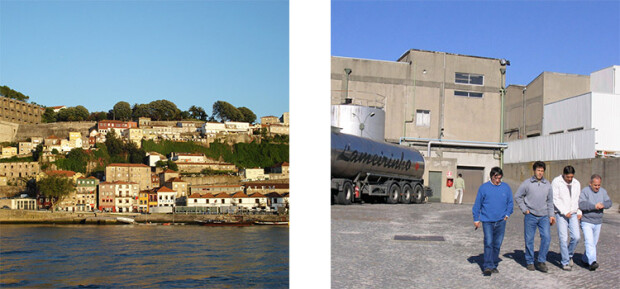
Additionally, a key part of working in Portugal was the assurance that the factories had been Oeko-Tex® certified. This certification eliminates the use of harmful chemicals within the manufacturing process, providing not only a safer end product for the customers, but safe for the environment, clean run-off water and proper conditions for the workers. We always made it our standard to meet in person with our manufacturing partners to assure the conditions and quality meet our expectations. Vetting out partners in person did take time and travel, but it was worth the effort for the results we strived to obtain. Thus, we conducted preliminary trips to Portugal to find the right partner not only in production standards, but who also believed in us early in our company’s lifecycle. We understood the value in building these relationships and we became better designers by knowing the capabilities, techniques, strengths and weaknesses of the production process.
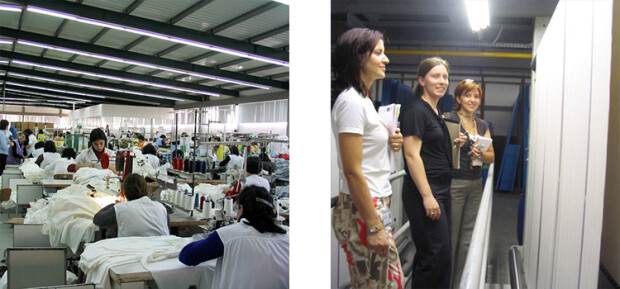
With our domestic production pursuit, we were able to locate two legacy US printers on the East Coast and utilize their core strengths to print our fabrics. One factory offering hand silk screen printing, while the other using rotary equipment to produce minimal stripe patterns, which were converted into throw pillows and eventually into a table linen collection. In addition, we were able to source our down fill supplier in Michigan. Again, we visited the factories to make sure the quality and mindset were aligned with our vision. Lastly, we partnered with a local Chicago-based sewer to convert the printed fabrics into throw pillows. Our debut collection included patterns that were based on both graphic elements and photography. Our Larch pattern was a tree silhouette in a large-scale repeat that could be paired with minimal designs such as Martin, which had a center stripe in a strategic placement on the pillowcase. Being able to work in person with our sewer, we were able to achieve this technical aspect while still being very efficient with the fabric use.
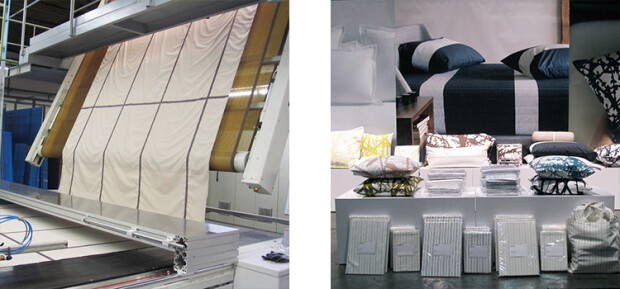
Featuring these contrasting elements and motifs was an essential part of the Unison design philosophy. We believe that patterns and products should be able to work well together in balance or stand strongly on their own, be gender neutral and above all integrate well into one’s home. The presence of textiles 15 years later within the Unison collection is still very important to us. Not only does it represent our roots, but also signifies how timeless design is crucial in our daily lives. Be it bedding, throw pillows, bath towels or napkins, our belief is that the visual and physical warmth of textiles made with quality and integrity can result in enhancing our lives and homes.
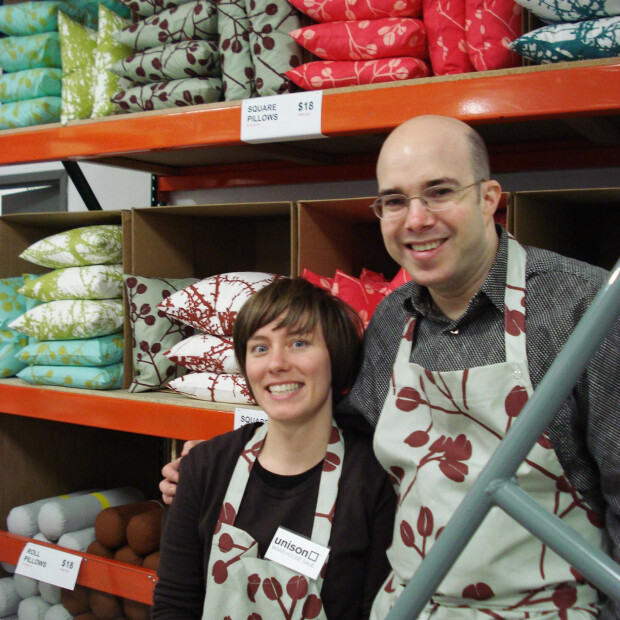
Robert Segal
Unison Co-Founder + CEO



